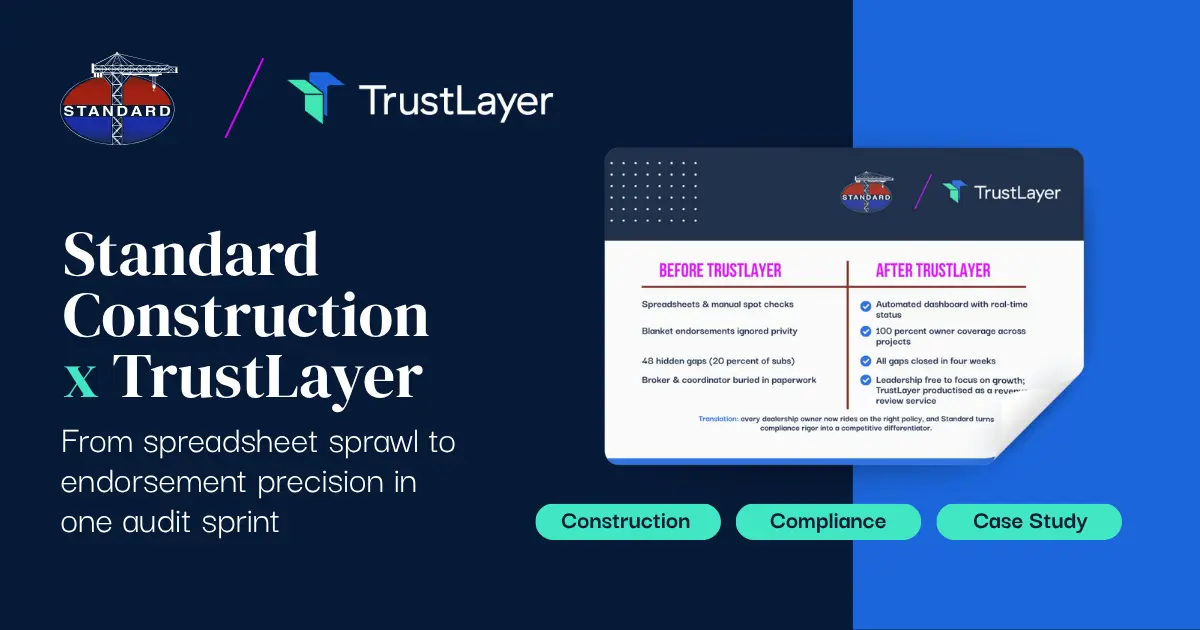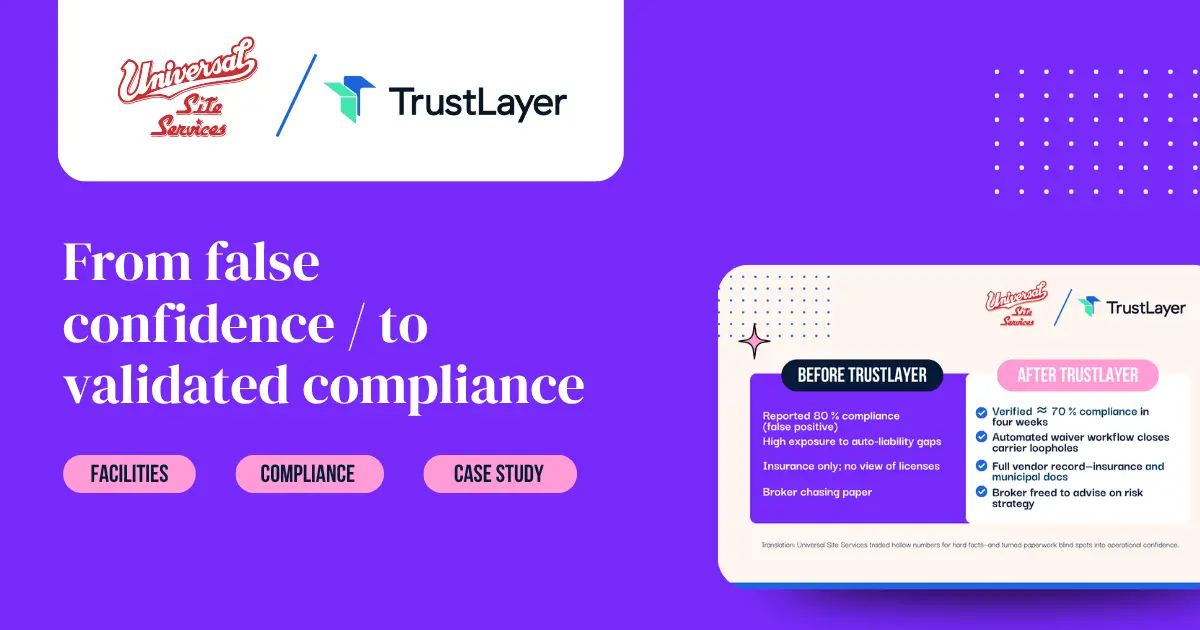The Difference Between Ongoing & Completed Operations

Understanding the nuances between ongoing and completed operations is crucial for businesses, particularly in sectors such as construction, manufacturing, and the service industry. These terms not only define the status of operations but also influence project management, financial reporting, and strategic planning. This article delves into the key differences, implications, and examples of ongoing and completed operations.
Defining Ongoing Operations
Ongoing operations refer to activities that are currently in progress. These operations are characterized by their active engagement in producing goods or services, and they may span various stages of completion. The nature of ongoing operations can vary significantly depending on the industry and the specific project at hand.
Characteristics of Ongoing Operations
One of the primary characteristics of ongoing operations is their dynamic nature. These operations are subject to change and can be influenced by numerous factors, including resource availability, market demand, and regulatory requirements. Additionally, ongoing operations often involve continuous monitoring and adjustments to ensure efficiency and effectiveness. This adaptability is crucial; for instance, in a tech startup, ongoing operations may pivot rapidly in response to user feedback or emerging technologies, reflecting the fast-paced environment in which they operate.
Another defining feature is the commitment of resources. Ongoing operations require a steady allocation of labor, materials, and capital. Companies must manage these resources effectively to prevent delays and cost overruns, which can have significant implications for project timelines and overall profitability. Resource management often involves strategic planning and forecasting to anticipate future needs and ensure that all aspects of the operation align with the company’s goals. For example, in the healthcare sector, ongoing operations in a hospital setting may involve the careful scheduling of staff and the procurement of medical supplies to meet fluctuating patient volumes.
Examples of Ongoing Operations
In the construction industry, ongoing operations may include a building project that is still in progress. Workers are actively engaged in tasks such as laying foundations, erecting structures, or installing systems. Each phase of this project represents ongoing operations until the building is completed. Moreover, construction projects often face challenges such as weather delays or supply chain disruptions, necessitating a flexible approach to project management that can accommodate unforeseen circumstances while keeping the project on track.
In a manufacturing context, ongoing operations refer to the production line where goods are being assembled. Here, the focus is on maintaining productivity and quality control, ensuring that the output meets the desired specifications while adapting to any changes in demand. This might involve implementing lean manufacturing principles to minimize waste and enhance efficiency. Additionally, ongoing operations in this setting may also involve regular maintenance of machinery and equipment to prevent breakdowns, which can halt production and result in costly delays. The integration of technology, such as automation and data analytics, can further optimize these operations by providing real-time insights into performance metrics and operational bottlenecks.
Understanding Completed Operations
Completed operations, on the other hand, refer to activities that have reached their final stage of completion. These operations are characterized by the successful delivery of goods or services, marking the end of a project or production cycle. Completed operations are often evaluated for performance, profitability, and compliance with industry standards.
Characteristics of Completed Operations
One of the key characteristics of completed operations is the finality of the process. Once an operation is completed, it typically undergoes a review process to assess outcomes, gather feedback, and identify areas for improvement. This stage is crucial for informing future projects and enhancing overall operational efficiency.
Additionally, completed operations often involve a transition phase where the focus shifts from production to post-project activities. This can include customer support, warranty services, and maintenance, ensuring that clients remain satisfied with the end product or service. During this phase, companies may also collect data on customer experiences and product performance, which can be invaluable for refining future offerings and addressing any potential issues that may arise after the project’s completion.
Examples of Completed Operations
In the realm of construction, completed operations are evident in a finished building that has been handed over to the client. At this stage, the project team assesses the work completed, ensuring it meets all contractual obligations and quality standards. This evaluation often includes inspections by regulatory bodies to confirm compliance with safety codes and other legal requirements, which are crucial for the project's long-term success.
In manufacturing, completed operations are represented by products that have successfully passed through all stages of production and quality control. These products are then shipped to retailers or directly to consumers, marking the end of the manufacturing cycle. The completion of operations in this context also involves logistical considerations, such as inventory management and distribution strategies, which are essential for ensuring that products reach their intended markets efficiently and without delay.
Moreover, in the service industry, completed operations can manifest in the successful execution of a project, such as a marketing campaign or software development. Once the service has been delivered, teams often conduct debriefing sessions to analyze the effectiveness of their strategies and the overall impact on client satisfaction. This reflective practice not only helps recognize achievements but also highlights lessons learned that can be applied to future endeavors, fostering a culture of continuous improvement.
Key Differences Between Ongoing and Completed Operations
While ongoing and completed operations may seem straightforward, several key differences distinguish them. Understanding these differences is essential for effective project management and strategic decision-making.
Timeframe and Status
The most apparent difference lies in the timeframe and status of the operations. Ongoing operations are currently active, while completed operations have been finalized. This distinction is vital for tracking progress and managing resources effectively.
For businesses, recognizing the status of operations can influence financial reporting. Ongoing operations may require different accounting treatments compared to completed operations, which can impact cash flow and profitability assessments. Furthermore, the status of operations can significantly impact stakeholder perceptions; ongoing projects may generate excitement and anticipation, while completed operations can provide a sense of accomplishment and closure. This dynamic can influence investor confidence and customer satisfaction, as stakeholders often prefer to see tangible results from their investments.
Resource Allocation
Another significant difference is in resource allocation. Ongoing operations demand a continuous commitment of resources, including labor, materials, and capital. Companies must ensure that they have the necessary resources available to maintain productivity and meet deadlines.
In contrast, completed operations often free up resources for new projects. Once an operation is finished, the resources can be reallocated to other initiatives, allowing for greater flexibility and efficiency in managing overall business operations. This reallocation can also lead to innovation, as teams can pivot their focus to explore new ideas and strategies that may have been sidelined during the execution of ongoing projects. Additionally, the lessons learned from completed operations can inform future endeavors, enabling organizations to refine their processes and improve outcomes in subsequent projects.
Implications for Businesses
The distinction between ongoing and completed operations carries several implications for businesses. These implications can affect everything from financial reporting to strategic planning and risk management.
Financial Reporting and Accounting
From an accounting perspective, classifying operations as ongoing or completed can significantly impact financial statements. Ongoing operations may require ongoing expense recognition, while completed operations can lead to revenue recognition. This difference is crucial for accurately reflecting a company's financial health.
Moreover, businesses must ensure compliance with accounting standards, which may dictate how ongoing and completed operations are reported. This compliance is essential for maintaining transparency and building trust with stakeholders. The implications extend beyond mere compliance; they can influence investor perceptions and stock valuations. For example, a company that consistently demonstrates substantial revenue from completed operations may attract more investors. In contrast, a business with a high proportion of ongoing operations is likely riskier due to the uncertainty surrounding future revenue streams.
Strategic Planning and Resource Management
Understanding the distinction between ongoing and completed operations is crucial for effective strategic planning. Companies can make informed decisions about resource allocation, project prioritization, and risk management based on the status of their operations.
For instance, if a company has several ongoing operations, it may need to assess whether it can take on additional projects. Conversely, if a significant number of operations have been completed, the company may have the opportunity to invest in new initiatives or expand its offerings. This strategic foresight can also help in identifying potential bottlenecks or inefficiencies in ongoing projects, allowing for timely interventions. Furthermore, businesses can leverage insights from completed operations to refine their processes, enhance productivity, and drive innovation. By analyzing the successes and challenges faced in past projects, companies can develop best practices that inform future endeavors, ultimately leading to a more agile and responsive organizational structure.
Challenges in Managing Ongoing and Completed Operations
While understanding the differences between ongoing and completed operations is essential, managing these operations also comes with its own set of challenges. Businesses must navigate various obstacles to ensure that both ongoing and completed operations are handled effectively.
Managing Change and Uncertainty
Ongoing operations are often subject to change and uncertainty. Factors such as market fluctuations, supply chain disruptions, and regulatory changes can impact the progress of ongoing projects. Companies must be agile and adaptable, ready to pivot their strategies as needed to maintain momentum.
In contrast, completed operations may present challenges related to post-project evaluations. Companies must gather feedback and analyze performance metrics to identify areas for improvement. This process can be time-consuming and may require collaboration across various departments. Moreover, the feedback loop is crucial; without it, organizations risk repeating past mistakes or failing to capitalize on successful strategies. This iterative process of reflection and adjustment is essential for fostering a culture of continuous improvement within the organization.
Ensuring Quality and Compliance
Quality assurance is another critical challenge in managing both ongoing and completed operations. Ongoing operations require continuous monitoring to ensure that products or services meet established standards. This often involves implementing quality control measures and conducting regular inspections to ensure quality.
For completed operations, ensuring compliance with industry regulations and contractual obligations is paramount. Companies must conduct thorough reviews and audits to confirm that all requirements have been met before finalizing a project. Additionally, the landscape of compliance is constantly evolving, with new regulations being introduced frequently. This necessitates that organizations stay informed and proactive, investing in training and resources to ensure that their teams are equipped to handle compliance issues effectively. Failure to do so can result in significant financial penalties and damage to the company's reputation, underscoring the importance of a robust compliance framework in both ongoing and completed operations.
Best Practices for Managing Ongoing and Completed Operations
To effectively manage ongoing and completed operations, businesses can adopt several best practices. These practices can enhance efficiency, improve resource allocation, and ultimately lead to better outcomes.
Implementing Robust Project Management Tools
Utilizing project management tools can significantly enhance the management of ongoing operations. These tools provide visibility into project timelines, resource allocation, and progress tracking. By leveraging technology, companies can streamline processes and improve communication among team members.
For completed operations, project management tools can assist in conducting post-project evaluations. Companies can analyze performance metrics, gather feedback, and document lessons learned, ensuring continuous improvement for future projects.
Fostering a Culture of Collaboration
Encouraging collaboration among team members is essential for managing both ongoing and completed operations. Open communication channels facilitate the sharing of information, enabling teams to address challenges and capitalize on opportunities more effectively.
Moreover, fostering a culture of collaboration can enhance employee engagement and accountability. When team members feel empowered to contribute to the success of ongoing and completed operations, they are more likely to take ownership of their roles and responsibilities.
Conclusion
In summary, the difference between ongoing and completed operations is a critical aspect of business management. Understanding these distinctions can lead to better financial reporting, strategic planning, and resource management. By recognizing the unique challenges associated with each type of operation and implementing best practices, businesses can enhance their overall efficiency and effectiveness.
As industries continue to evolve, the ability to navigate the complexities of ongoing and completed operations will remain a vital skill for organizations seeking to thrive in a competitive landscape. Embracing these concepts not only contributes to operational success but also positions businesses for long-term sustainable growth.
As you navigate the complexities of ongoing and completed operations, the right tools can make all the difference in enhancing efficiency and ensuring compliance. TrustLayer is at the forefront of transforming risk management with our best-in-class Certificate of Insurance (COI) tracker, specifically designed for the modern risk manager. Embrace the future of risk management by automating the tedious, manual process of document verification and join the hundreds of thousands of companies who trust TrustLayer for streamlined vendor document management. Don't let administrative burdens slow down your business growth. Schedule a time to talk with our team today and discover how TrustLayer can revolutionize your operations for a more resilient and agile business.
















